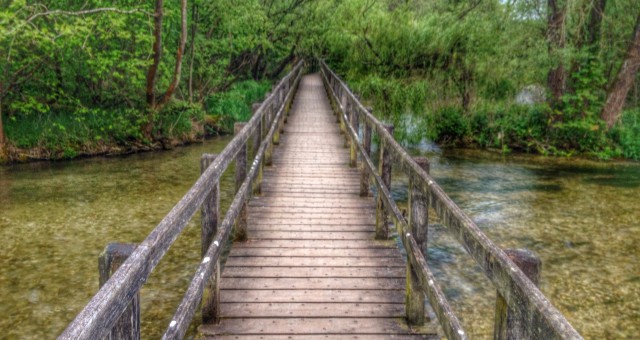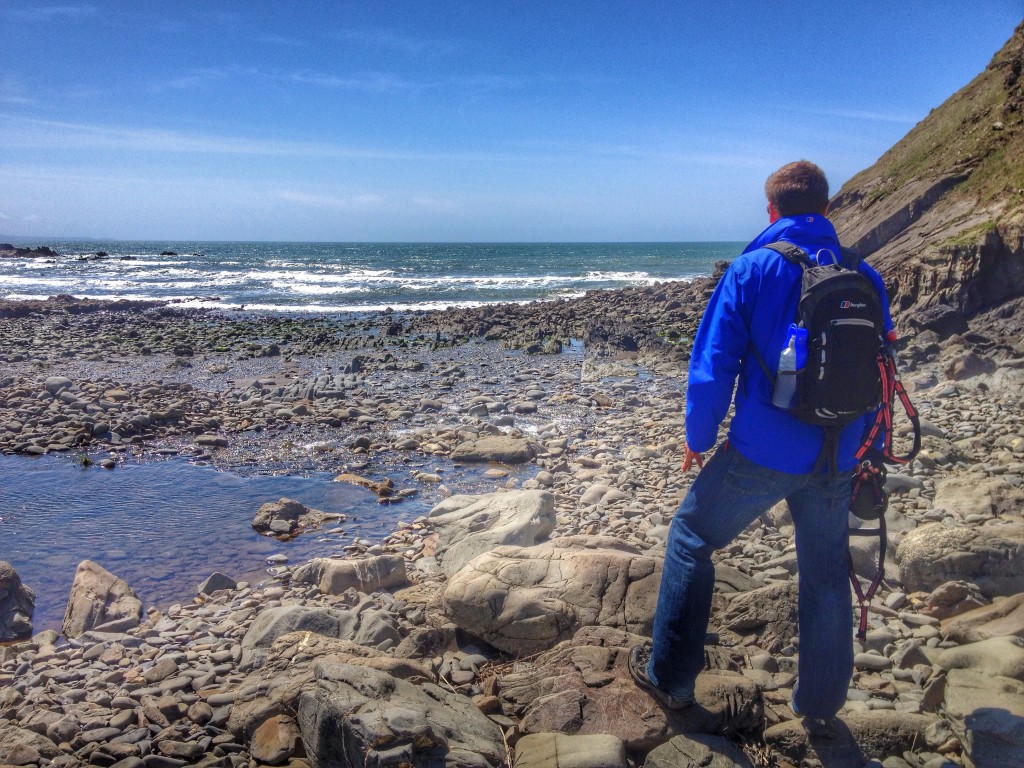
A Beginner’s Guide to Walking and Hiking
“It’s a dangerous business, Frodo, going out your door. You step onto the road, and if you don’t keep your feet, there’s no knowing where you might be swept off to.” ― J.R.R. Tolkien, The Lord of the Rings.
The photo above reminds me of the two friends Frodo and Sam as they set out from the shire on there big adventure, not knowing whats around the corner.
When you think of proper walking or hiking, you probably picture a group of people with walking boots, walking sticks (ski sticks), oversized backpacks, looking like they are ready to climb a mountain ranges for the next week or more.
If you’re a little out of shape and just beginning your journey to enjoy the great outdoors a little more, then the thought of hiking with big backpacks will certainly keep you indoors and away from the footpaths that await you. Walking and hiking can be as easy or hard as you want it to be. From a gentle walk around your local park with your dog for a few hours on a Tuesday evening or Sunday morning, to going out walking all day around somewhere like Dartmoor and even camping out overnight.
If you’re carrying a little more weight then you should and not ready to start running yet, then walking is a great form or exercise, getting your legs, feet, cardiovascular system used to strenuous activity.
Your first steps
1) You need to decide how long you have to walk. Pick a walk based on how much time you have and that you are confident you can complete in that time – do you have the entire Sunday? Or do you just have a few hours on a Tuesday afternoon? You want a walk that wont mean packing loads of extra gear in a rucksack, just the essentials, water, snack, compact waterproofs and as a beginner a First Aid kit with plasters. You may suffer blisters from not being used to walking, but good footwear and socks should stop this.
2) Decide if you’ll be hiking solo or with a friend/group – I love hiking solo – it’s mobile meditation for me. However, it’s also more dangerous should anything happen while you’re out on the trail; so if you’re a little more cautious, then I’d recommend buddying up with a friend or your significant other for your hike. It’s the perfect bonding opportunity.
3) How hard should your first walks be? If you are a complete new-be and out of shape, hiking all day in the wilderness is out of the question. Start slow around your town or village that will allow you to stop when necessary and get back to your car or home easily. You don’t need to over do it; it’s always better to come back excited and think “wow that was easier than I expected!” than to realize you’re hours from home it’s getting dark and you have no water left.
4) Pick your walking location. Ask your friends or coworkers of any nice locations near by. Have you got a friend that plays golf? If so ask if you can tag along for the walk. A good 18 hole golf course can take a morning to walk around, and if you do have any issues the club house or a golf cart arn’t far away. Grab a local OS path finder map, these will show you all the local footpaths, byways and access rights, get one that is plastic coated, just in case it rains. You can also buy these as an app for most smartphones now. But remember you phone battery will only last so long, to don’t depend on it as your only means of navigation.
5) Tell somebody where you are going – if you are getting a little ambitious and walking alone in places a little more remote, let a family member or friend know where you are going and when you will be back. A simple text when you home tells them you are ok.
6) This is the most important think. Enjoy your walk or hike, that is why you are out doing it!! Take time to enjoy the countryside around you, it’s easy to just look at the ground and pound on.


